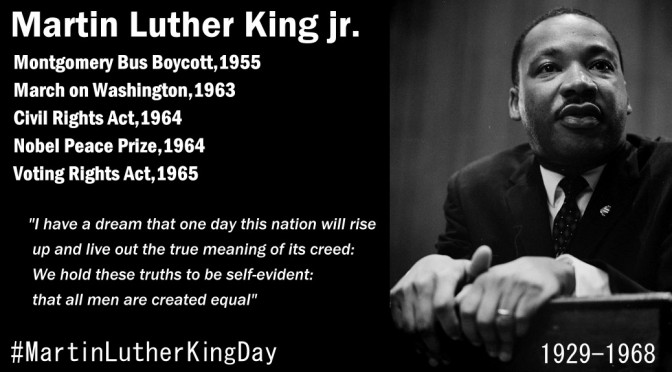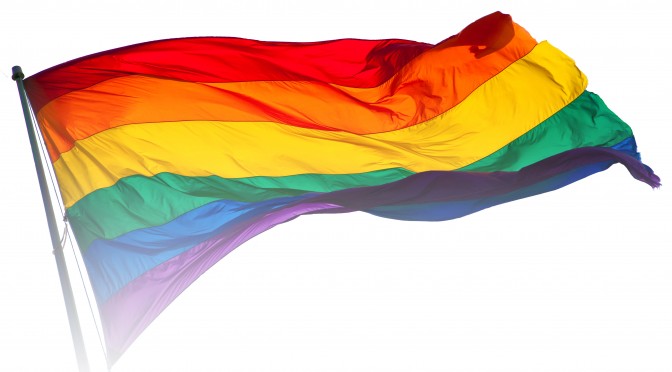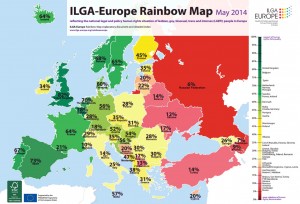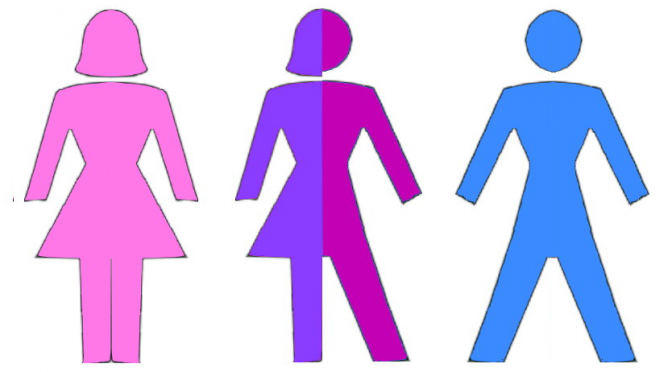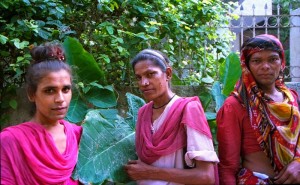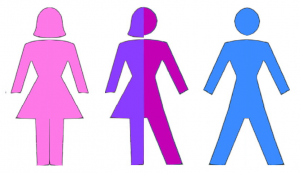Martin Luther King Day
Today is Martin Luther King Day, celebrated on the third Monday in January since 1986 (Reagan agreed it in 1983), his birthday was on the 15th. Born in 1929 to a pastor and a schoolteacher, he himself became a Baptist minister and advocate for African American equality and social justice from the 1950s through to his 1968 assassination. He was instrumental in the bringing in of the 1964 Civil Rights Act and 1965 Voting Rights Act. He was awarded the Nobel Peace Prize in 1964.
Mahatma Gandhi & Non-Violence
King was inspired by the Hindu lawyer and campaigner for rights in South Africa and India, Mahatma Gandhi, and his principles of non-violent resistance and civil disobedience over and against armed uprising. Gandhi was also an advocate of religious tolerance but was in the end also assassinated, in 1948, by a Hindu nationalist. King managed to visit India in 1959.
Gandhi had succeeded in the 1920s in uniting Muslims and Hindus against the common enemy of the British empire. Yet by the 1940s an independent Muslim nationalism led to the eventual division of India and creation of a separate Pakistan.
Some of Gandhi’s more extreme pacifist views included recommending that Britain openly yield to Hitler rather than defend itself, and that the Jews should have willingly surrendered to the Holocaust as an act of collective suicide. He did not support the idea of the state of Israel gained through violence or Zionism, but only as something within the gift of the Arabs to bring about peacefully.
Gandhi’s principles meshed with King’s own Christian principles, as he said, “Christ gave us the goals and Mahatma Gandhi the tactics.”
“Darkness cannot drive out darkness; only light can do that. Hate cannot drive out hate; only love can do that.”
Another early source that energized King was the Christian anarchist and novelist Leo Tolstoy, who was also an influence on Gandhi.
Bayard Rustin, Gay Communist
Bayard Rustin was a sometime adviser to Martin Luther King and had also visited India, in 1948, not long after Gandhi’s assassination. He shared both Gandhi and King’s principles of non-violence. King’s involvement with him was discouraged by others due to Rustin’s former membership of the Communist Party and his homosexuality, which King had little problem with.
Rustin later became a gay rights activist, in addition to his earlier civil rights campaigning. In 2013, President Barack Obama posthumously awarded the Presidential Medal of Freedom to Rustin.
Montgomery Bus Boycott
The journey towards civil rights was more of a bus route, with lots of stops and delays. Rustin had been beaten and arrested back in 1942 for sitting in the second row of a segregated bus.
Thirteen years later, in March 1955, 15 year-old school girl, Claudette Colvin refused to give up her bus seat to a white man on a in Montgomery bus. Due to Colvin’s unmarried and pregnant status the civil rights activists waited for a better test case and were rewarded with the defiance of the now famous Rosa Parks who was arrested later that year, in December, for also refusing to give up her seat.
The 13-month Montgomery Bus Boycott ensued, which whilst planned by others was publicly led by King, and resulted in his house being firebombed.
“All men are created equal”
The path to equality culminated in the quarter-million strong 1963 March on Washington for Jobs and Freedom, predominantly organised by Rustin. Despite its being unprecedented in size and diversity, it was boycotted itself by Malcolm X and the Nation of Islam for being too soft and sanitised, promoting peaceful harmony and integration rather than strength and independent identity.
The iconic “I have a dream” speech, much of which may have been improvised on the spot, includes the famous and inspirational line:
“I have a dream that one day this nation will rise up and live out the true meaning of its creed: ‘We hold these truths to be self-evident: that all men are created equal.'”
Whilst King, the Southern Christian Leadership Conference, and indeed the Nation of Islam, fought for black equal rights, the case for full civil equal rights for “all men” continues. LGBTI equality, for example, has been the focus of the last decade of legal progress in the USA, something that Rustin fought for until his death in 1987.
King’s Assassination and Death
King was ever the optimist, preaching love over hate, peace over war, forgiveness over resentment.
“I refuse to accept the view that mankind is so tragically bound to the starless midnight of racism and war that the bright daybreak of peace and brotherhood can never become a reality… I believe that unarmed truth and unconditional love will have the final word.”
It was a belief that may have cost him his life, and not a little opposition from other members of the civil rights movement. After President John F Kennedy was assassinated in 1963, King said to his wife, Coretta: “This is what is going to happen to me also. I keep telling you, this is a sick society.” Five years later, he did indeed suffer the same fate.
Black Lives Matter
Despite all the progress, the reality on the ground, is that black lives are still not considered equal. The last year or two has seen so many cases of unarmed black men being shot dead by American police officers that it is clear that stereotypes persist in the minds of many. 980 US citizens were shot dead in 2015 by police, 91 were unarmed and a disproportionate 37 of them were black.
“Our lives begin to end the day we become silent about things that matter.”
The laws may have changed half a century ago, but it is hearts and minds that still need to be won, in this generation and in every one that succeeds it. King may have been a pacifist, but he was not passive about change, and how it was to be accomplished:
“Human progress is neither automatic nor inevitable… Every step toward the goal of justice requires sacrifice, suffering, and struggle; the tireless exertions and passionate concern of dedicated individuals…Change does not roll in on the wheels of inevitability, but comes through continuous struggle. And so we must straighten our backs and work for our freedom.”
